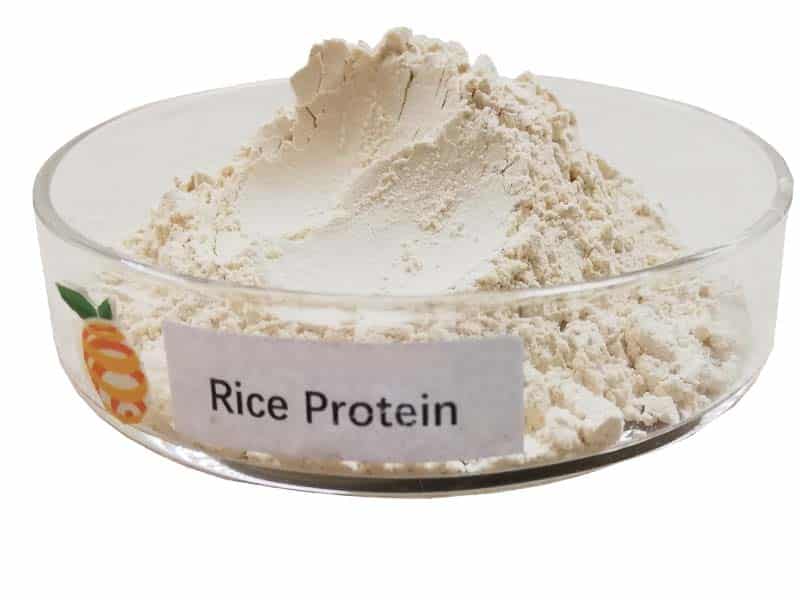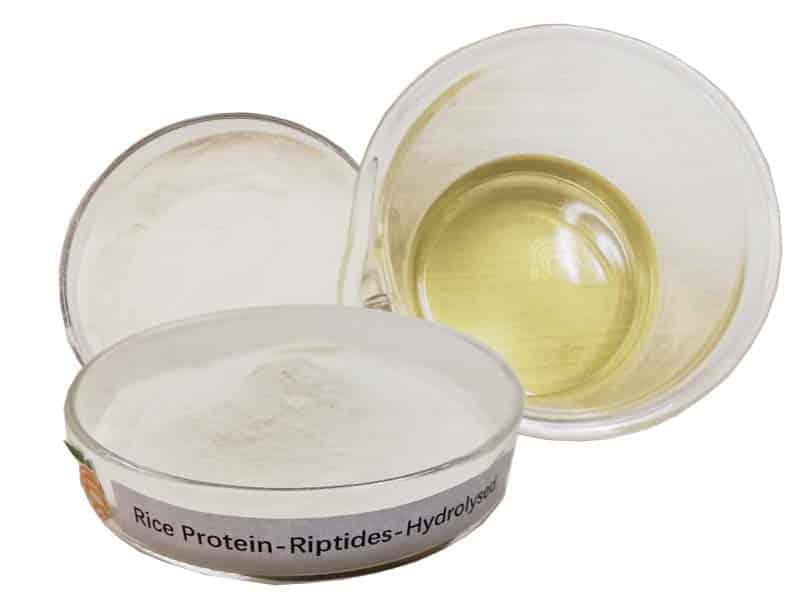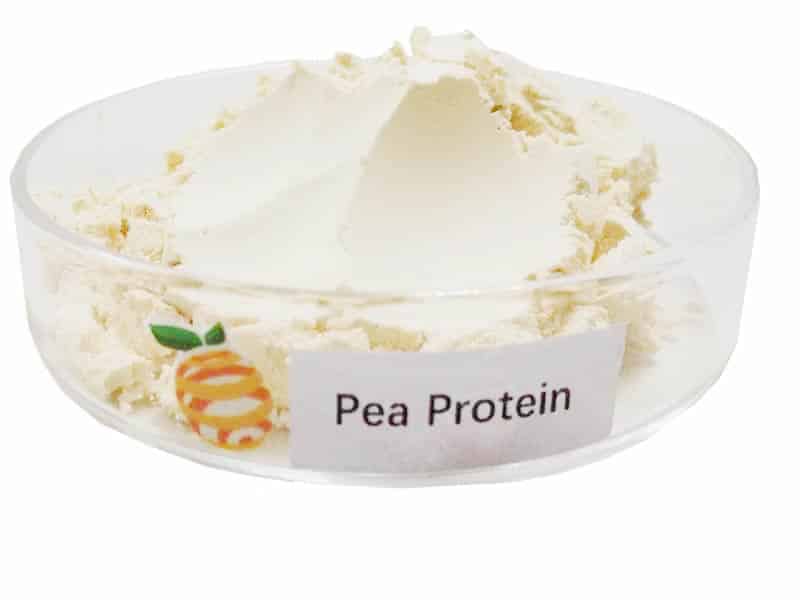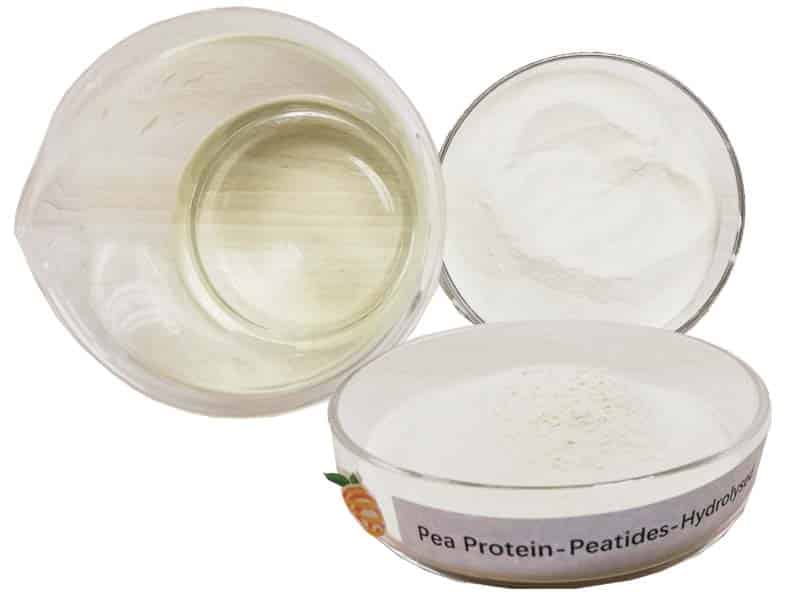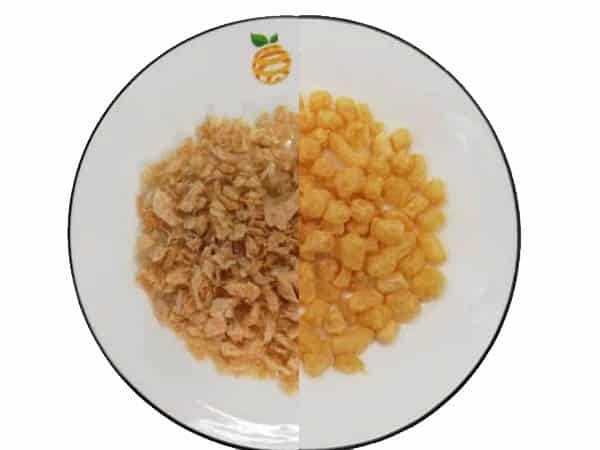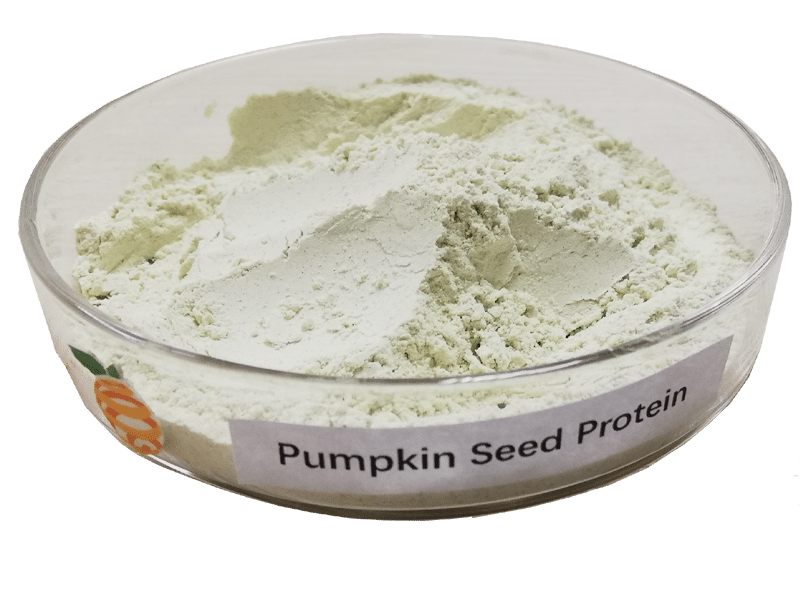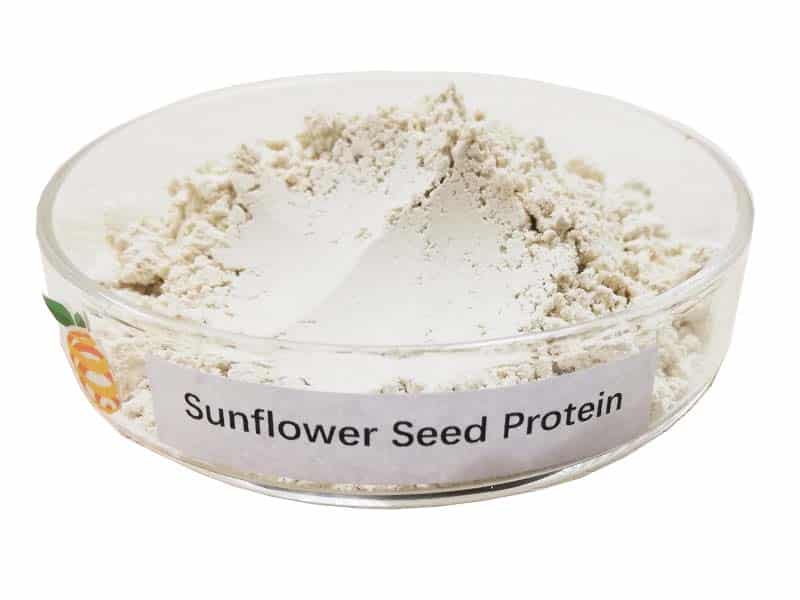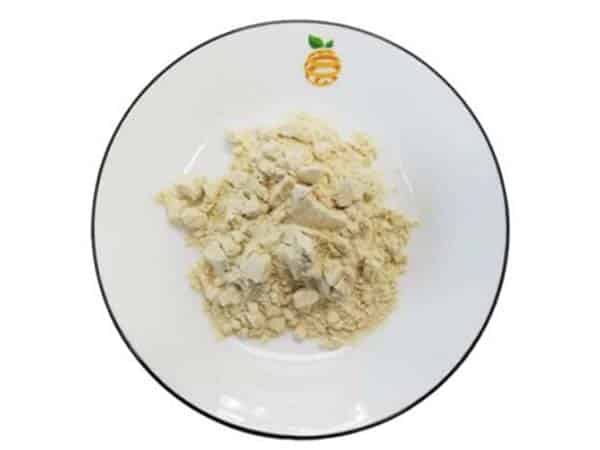How Do You Concentrate Microalgae?
-
Table of Contents
- Microalgae Concentration Techniques: Enhancing Biomass Productivity
- Understanding the Need for Microalgae Concentration
- Techniques for Concentrating Microalgae
- Centrifugation
- Flocculation
- Flotation
- Gravity Sedimentation
- Filtration
- Case Studies and Examples
- Statistics and Trends in Microalgae Concentration
- Conclusion: Key Takeaways in Microalgae Concentration
- Discover ETprotein’s High-Quality Protein Products
Microalgae Concentration Techniques: Enhancing Biomass Productivity
< 04/381cd358d7161192eb60a03365cec023.png" alt="How Do You Concentrate Microalgae?" />
Microalgae are microscopic algae, typically found in freshwater and marine systems. They are fast-growing photosynthetic organisms capable of converting carbon dioxide into biomass, which includes proteins, lipids, and carbohydrates. Due to their high growth rate and ability to accumulate valuable compounds, microalgae are considered a promising resource for various applications, including biofuels, food supplements, pharmaceuticals, and wastewater treatment. However, one of the challenges in utilizing microalgae is the concentration of the biomass from the culture medium. This article explores the various methods used to concentrate microalgae effectively.
Understanding the Need for Microalgae Concentration
Microalgae cultivation typically results in a dilute suspension of cells in a large volume of water. Before these cells can be processed for various applications, they must be separated from the water and concentrated. This step is crucial for reducing transportation costs, improving downstream processing efficiency, and ensuring the quality of the final product.
Techniques for Concentrating Microalgae
Several techniques have been developed to concentrate microalgae, each with its advantages and limitations. The choice of method depends on factors such as the species of microalgae, the volume of culture to be processed, the desired concentration factor, and the intended use of the biomass.
Centrifugation
Centrifugation is a widely used method for concentrating microalgae. It involves spinning the algal suspension at high speeds to separate the cells from the liquid based on their density. Centrifugation can achieve high concentration factors and is suitable for various microalgae species. However, it is energy-intensive and may not be cost-effective for large-scale operations.
Flocculation
Flocculation is a process where small particles clump together to form larger aggregates, known as flocs, which can be more easily separated from the liquid. Chemical flocculants, such as aluminum sulfate or chitosan, are often added to induce flocculation. This method is less energy-intensive than centrifugation and can be scaled up for large volumes. However, the choice of flocculant and its potential impact on the biomass quality must be carefully considered.
Flotation
Flotation involves introducing fine air bubbles into the algal suspension, which attach to the microalgae cells and cause them to float to the surface, where they can be skimmed off. This method is effective for certain types of microalgae and can be combined with flocculation for improved efficiency. Flotation systems can be designed to handle large volumes, making them suitable for commercial-scale operations.
Gravity Sedimentation
Gravity sedimentation relies on the natural settling of microalgae cells due to gravity. It is a simple and low-cost method but typically requires long settling times and large settling areas. Enhancements such as inclined plates or tubes can increase the settling rate and reduce the footprint of sedimentation tanks.
Filtration
Filtration involves passing the algal suspension through a membrane or filter to retain the cells while allowing the liquid to pass through. Various types of filters, including microfiltration and ultrafiltration membranes, can be used depending on the size of the microalgae and the desired purity of the concentrate. Filtration is effective for small to medium-scale operations but may require frequent cleaning or replacement of the filters.
Case Studies and Examples
Several studies have demonstrated the effectiveness of these concentration methods in different contexts. For instance, a study on the flocculation of Spirulina showed that the use of chitosan as a natural flocculant resulted in a high recovery rate of biomass with minimal impact on its nutritional quality. In another example, a large-scale flotation system was successfully implemented for concentrating Dunaliella salina, a microalgae species rich in beta-carotene.
Statistics and Trends in Microalgae Concentration
The global demand for microalgae-based products is on the rise, with the market expected to grow significantly in the coming years. This growth is driving advancements in concentration technologies, with a focus on improving efficiency and reducing costs. According to recent reports, the use of energy-efficient methods like flocculation and flotation is increasing, especially in large-scale commercial operations.
Conclusion: Key Takeaways in Microalgae Concentration
Concentrating microalgae is a critical step in the production of various high-value products. The choice of concentration method depends on multiple factors, including the type of microalgae, scale of operation, and end-use requirements. Techniques like centrifugation, flocculation, flotation, gravity sedimentation, and filtration each offer unique advantages and are selected based on specific needs. Ongoing research and technological advancements continue to improve the efficiency and cost-effectiveness of these methods, supporting the sustainable growth of the microalgae industry.
Discover ETprotein’s High-Quality Protein Products
In the context of microalgae concentration and the broader protein market, ETprotein stands out as a provider of premium protein products. Their offerings, which include a variety of plant-based proteins and L-(+)-Ergothioneine, cater to diverse industries and uphold the highest standards of quality and purity.
For those interested in sustainable and allergen-free protein sources, ETprotein’s range of organic and clear proteins derived from rice, pea, watermelon seed, pumpkin seed, sunflower seed, mung bean, and peanut are ideal choices. Additionally, their L-(+)-Ergothioneine products, available in pharmaceutical, food, cosmetic, reference, and standard grades, offer over 98% purity, making them suitable for a wide array of applications.
Whether you are a distributor, trader, or manufacturer in the nutraceutical, pharmaceutical, cosmeceutical, veterinary, or food and beverage industries, ETprotein can meet your protein needs with their extensive product range and commitment to excellence.
About ETprotein:
ETprotein, a reputable protein and L-(+)-Ergothioneine (EGT) Chinese factory manufacturer and supplier, is renowned for producing, stocking, exporting, and delivering the highest quality organic bulk vegan proteins and L-(+)-Ergothioneine. They include Organic rice protein, clear rice protein, pea protein, clear pea protein, watermelon seed protein, pumpkin seed protein, sunflower seed protein, mung bean protein, peanut protein, and L-(+)-Ergothioneine EGT Pharmaceutical grade, L-(+)-Ergothioneine EGT food grade, L-(+)-Ergothioneine EGT cosmetic grade, L-(+)-Ergothioneine EGT reference grade and L-(+)-Ergothioneine EGT standard. Their offerings, characterized by a neutral taste, non-GMO, allergen-free attributes, with L-(+)-Ergothioneine purity over 98%, 99%, cater to a diverse range of industries. They serve nutraceutical, pharmaceutical, cosmeceutical, veterinary, as well as food and beverage finished product distributors, traders, and manufacturers across Europe, USA, Canada, Australia, Thailand, Japan, Korea, Brazil, and Chile, among others.
ETprotein specialization includes exporting and delivering tailor-made protein powder and finished nutritional supplements. Their extensive product range covers sectors like Food and Beverage, Sports Nutrition, Weight Management, Dietary Supplements, Health and Wellness Products, and Infant Formula, ensuring comprehensive solutions to meet all your protein needs.
As a trusted company by leading global food and beverage brands and Fortune 500 companies, ETprotein reinforces China’s reputation in the global arena. For more information or to sample their products, please contact them and email sales(at)ETprotein.com today.

